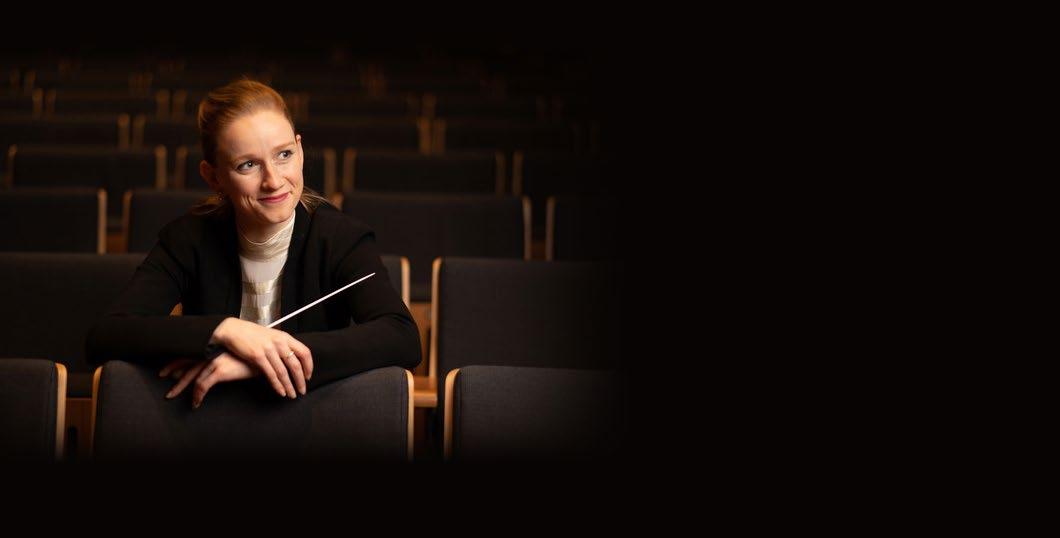
3 minute read
Classical music goes digital
The pandemic has been a catalyst for the world of classical music to reach a brand new audience. Conductor Tori Longdon tells us how.
Classical music and digital technology are rarely featured in the same sentence.
Often the preserve of the ‘technophobic’ generations, classical music has developed a reputation for being dusty, traditional and slow to adapt. However, the events of the last two years have given the industry no choice but to innovate, and for many classical musicians and creators this has involved embracing the online world and developing new skills which could help to bring the industry into the 21st century.
The pandemic created a unique challenge, which classical artists responded to with their characteristic verve and ingenuity. From staging online concerts via YouTube Live, to stitching together virtual ‘choirs’ from thousands of mobile phone recordings, artists across the world reached new audiences, developed new skills and discovered that the digital space could become a new canvas upon which they could create.
This baptism of fire led to a range of new skills being developed within the industry; video editing, streaming, social media, all previously neglected, which connected the world’s greatest music to new audiences.
There are now two, huge opportunities facing classical music. Firstly, how does it convert the newly engaged audiences into long-term classical music lovers? Secondly, how does it achieve this whilst also trying to resurrect live music after the imposed restrictions of the last two years?
This is the real challenge, and it is exacerbated by the systemic lack of funding within arts organisations as a whole. This has led to a lifesupport approach to spending, where core areas of operation must be prioritised over less critical new ventures, experimentation and innovation. Without innovation, new uses for digital technology cannot be tested and implemented, cutting off potential new revenue streams for the arts. And the problem is cyclical, since lack of revenue makes these organisations ever more dependent on public funding and likely to fall behind other sectors.
As ever, classical music relies on the devotion and imagination of its artists to survive. Online platforms such as OnJam and the Digital Concert Hall of the Berlin Philharmonic, are widening access to streamed content for millions of viewers worldwide, whilst organisations such as the ‘Stay at Home Choir’ are connecting some of the world’s greatest artists to their fans in live workshops which all take place online.
Digital content is a doorway to attracting new music lovers, which will become the lifeblood of the industry in future generations. How the industry learns from the lessons of the pandemic and uses the new tools it has developed will be crucial to carving out a space for classical music in the digital world of the 21st century.

Want to enjoy classical music online? Here’s how...
Berlin Philharmonic Digital Concert Hall:
www.digitalconcerthall.com
Stay at Home Choir:
www.stayathomechoir.com
OnJam:
www.onjam.tv
Tori Longdon
Tori has been described as a ’musical force of nature’. She is an associate of the Royal Academy of Music, a conductor for the National Youth Choirs of Great Britain and is the co-founder of the 28,000 strong Stay at Home Choir, together with Swingles baritone Jamie Wright.
Tori is currently an on-screen conductor for Songs of Praise on BBC1, as well as an adjudicator for their competitions including ‘Young Choir of The Year’ and ‘Young Chorister of The Year’. She appeared on BBC2 as a judge on two series of ‘The Choir’ with Gareth Malone. She is a regular contributor to Classic FM magazine.










